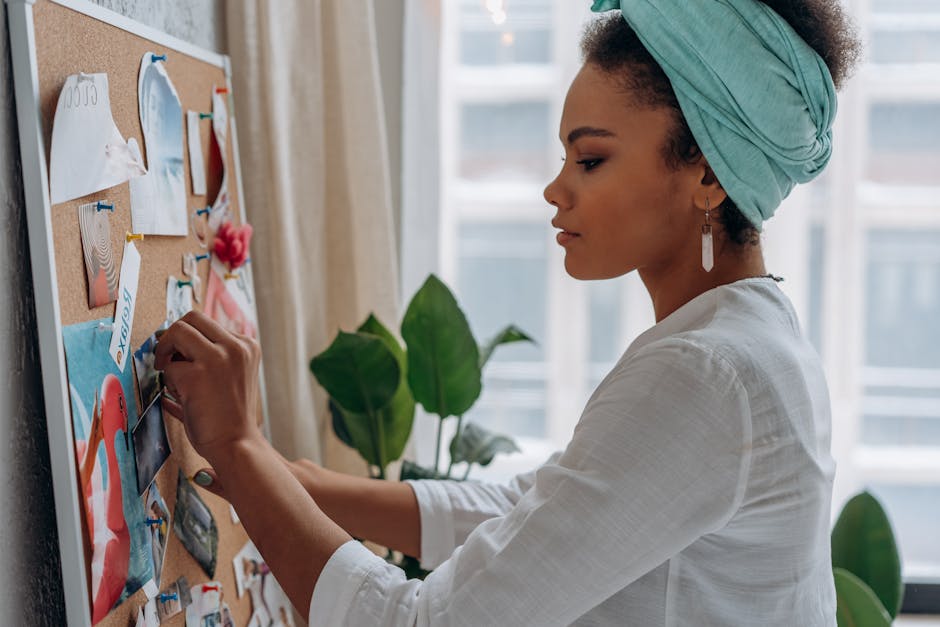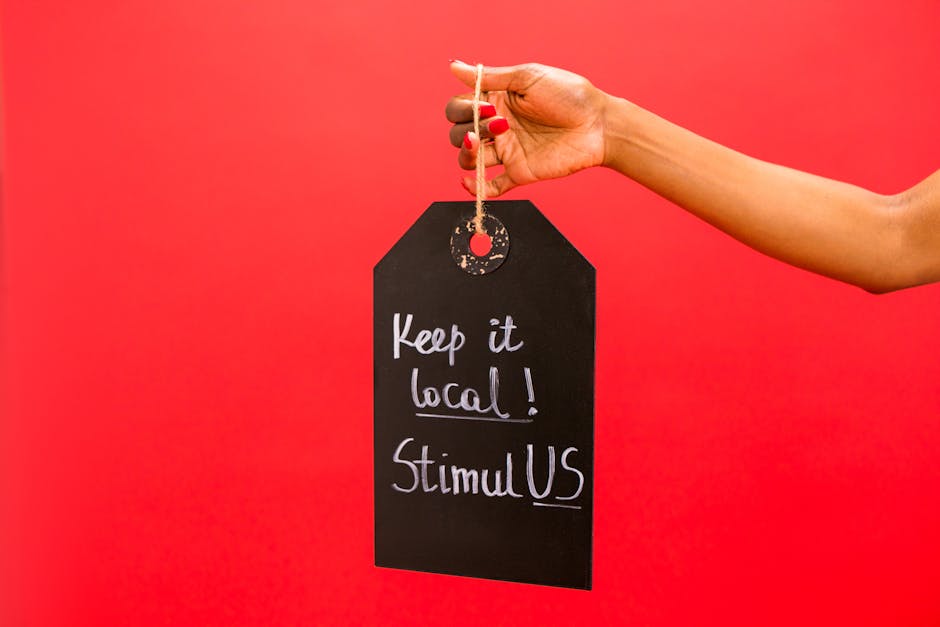Rewild Your Home: Create a Self-Sustaining Indoor Biodiversity Hub
In an era where urbanization and digital overload threaten natural habitats, it’s time to rethink our living spaces. The concept of “rewilding” goes beyond lush gardens and becomes a vital tool for creating healthier indoor environments. Imagine transforming your home into a self-sustaining ecosystem that not only enhances your well-being but also contributes positively to the planet. Rewilding your home offers a unique way to reconnect with nature, and this guide provides practical steps to help you cultivate your very own biodiversity hub.
What is Rewilding?

Rewilding originated as an ecological principle aimed at restoring ecosystems to their natural state. Applying this concept indoors means fostering a space where native plants, beneficial insects, and even small animals thrive. It encourages the creation of a microhabitat that can sustain itself, enhancing not just the environment but also your mental health and overall wellbeing. In essence, rewilding your indoor space is about creating a sanctuary that is in harmony with nature, rather than just a sterile, plant-less environment.
Why Rewilding Matters for Health

Recent research highlights the profound impact natural elements have on our mental health. Incorporating plants into our living spaces can reduce stress, enhance creativity, and improve focus. Indoor ecosystems bring a sense of peace and tranquility, allowing us to breathe easier—literally. Studies show that plants can filter indoor air pollutants, contributing to better respiratory health and overall wellness. By rewilding, you’re not just cultivating plants; you’re creating a nurturing sanctuary for yourself.
Unleashing the Power of Native Plants

When it comes to rewilding your home, a key principle is incorporating native plants. Native flora is adapted to your local environment, requiring less maintenance while providing essential habitat for beneficial insects. For instance, you might consider introducing plants like milkweed, cone flowers, or goldenrod, which are not just visually appealing but also act as food sources for pollinators like bees and butterflies.
As you design your indoor biodiverse space, research the native species that thrive in your locality. For some excellent insights on sustainability and biodiversity, check out this blog post that connects plant diversity to environmental health.
Fostering Beneficial Insects

To create a thriving microhabitat, it’s crucial to welcome beneficial insects into your home. Contrary to popular belief, not all bugs are pests. Species such as ladybugs and lacewings can help control aphid populations while pollinating your indoor plants.
To attract these beneficial insects, provide habitats like small insect hotels, and use native plants that they find appealing. Additionally, avoiding harmful pesticides encourages a balanced ecosystem. For more innovative methods of connecting with nature indoors, explore this article discussing the importance of air quality and plants.
Design Ideas for Indoor Biodiversity

Imagine a corner of your living room blooming with a variety of green life. You could design a living wall by arranging a mixture of different native plants. Hanging planters, terrariums, and vertical gardens can not only create an aesthetically pleasing environment but also maximize space.
Consider building a small indoor pond or water feature to support aquatic life, such as mosquito fish or even aquatic plants like water lilies. The sounds of water can further enhance your indoor environment, creating a calming ambiance reminiscent of nature. You might also want to look into biophilic design principles that promote connectivity with nature within indoor settings. For more info on biophilic design, check out this post that delves deeper into engaging nature through design.
Maintaining a Self-Sustaining Ecosystem

Creating a self-sustaining indoor ecosystem involves a bit of finesse, as balance is key. Regularly monitor the health of your plants and insects, ensuring they remain harmonious. Avoid overwatering and over-fertilizing, as these practices can harm your microhabitat.
One innovative approach is to utilize composting and vermiculture (worm composting) to reduce waste and provide nutrients for your plants. Incorporating these sustainable practices can further enhance your indoor ecosystem while embracing a circular economy at home. To grasp the significance of circular design, visit this blog that illustrates how circular principles can elevate your living spaces.
Engaging Community and Education

Rewilding doesn’t have to be a solitary journey. Consider organizing community workshops or online webinars about indoor biodiversity and sustainable living. Engaging with others creates a collective consciousness about the importance of fostering ecosystems and can lead to local rewilding initiatives.
Sharing your journey on social media or local platforms can inspire your friends and neighbors to adopt similar practices. Moreover, many local nonprofit organizations that promote biodiversity, such as the National Wildlife Federation, offer resources and guidance for achieving your rewilding goals.
The Mental Health Benefits of Indoor Biodiversity

Your indoor ecosystem is more than an aesthetic statement; it's a refuge for your mind and emotions. Studies have shown that exposure to nature can significantly decrease symptoms of anxiety and depression. The mere act of caring for plants can provide a sense of purpose and satisfaction.
Incorporating biophilic design elements into your indoor spaces can enhance your emotional well-being. From tactile experiences to natural lighting, each element contributes to creating a tranquil environment that supports mental health. For a detailed exploration of the emotional and psychological benefits of eco-friendly spaces, check out this resource.
Harnessing Soil and Microbial Life

The importance of soil health cannot be overstated in rewilding. Healthy soil teems with microbial life, which plays a vital role in nutrient cycling and plant health. Implementing techniques such as organic composting or adding indigenous soil organisms can significantly boost soil fertility.
Moreover, consider constructing a small compost station in your kitchen to manage organic waste. Not only does this practice reduce waste, but it can also produce nutrient-rich soil for your indoor plants. By fostering microbial life, you'll be contributing to a robust ecosystem in your own home. For further insights into soil health, read more about it in this blog post.
Final Thoughts
Rewilding your indoor spaces is not just about adding plants; it’s about creating a vibrant sanctuary that enriches both your life and the environment. By embracing this innovative approach, you can cultivate a self-sustaining indoor biodiversity hub that promotes health and well-being. Remember, the journey of rewilding is ongoing—each step you take leads to a more harmonious existence with nature.
Whether you’re starting small with a few plants or envisioning a sprawling indoor ecosystem, the time to reconnect with nature is now. Dive into this project with passion and creativity, and you’ll not only create a thriving space for yourself but also contribute to a healthier planet.



